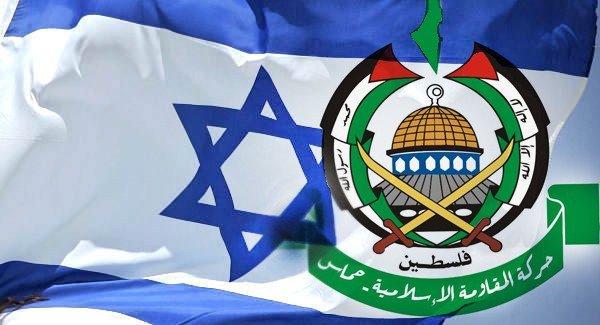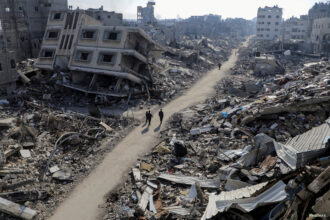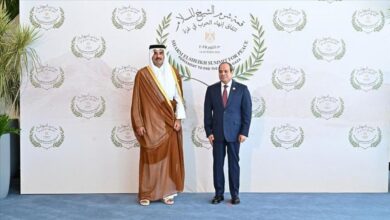After freeing hostages and prisoners, “complex issues” remain between Israel and Hamas
Al-Khamisa News Network - Gaza

Israel and Hamas began implementing the first phase of a ceasefire agreement in Gaza on Monday by exchanging prisoners and hostages, a step that renewed hopes the U.S.-brokered deal could pave the way to end the destructive war that has raged for two years in the territory.
But more complex issues remain unresolved, including the fate of Hamas’s weapons, who will govern Gaza, and the future of a Palestinian state.
Challenges in the next phase
The most prominent outstanding issue remains Israel’s demand to disarm Hamas, which the movement rejects as long as Israeli forces remain in Palestinian territory.
The question of Gaza’s governance also remains unclear. Under the U.S. plan, an international body is to administer the territory through a Palestinian technocratic government, with the deployment of an Arab–international security force accompanied by Palestinian police; Israeli forces would withdraw gradually as that force deploys.
The plan also includes the possibility of a future role for the Palestinian Authority after extensive reforms, while the agreement indicates the potential to later explore the establishment of a Palestinian state, which the Israeli prime minister strongly rejects.
Despite the atmosphere of optimism that accompanied the start of the agreement’s implementation, observers acknowledge the road to lasting peace remains long, and that success in the first phase does not necessarily mean the end of a war that has reshaped the balance of power in the Middle East.






